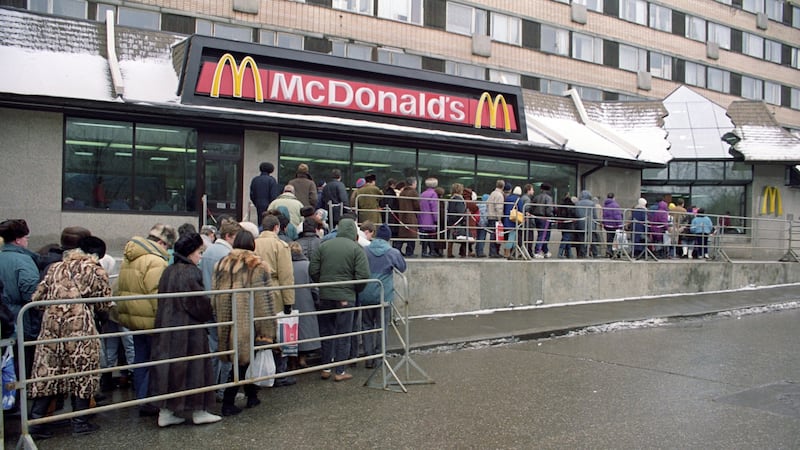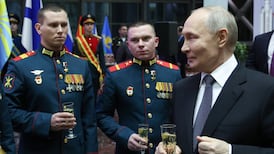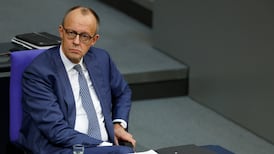A jostling mob crowded the pavements, dozens more crushed into a roped-off area behind plate-glass windows – and that was just the international press corps who turned up on January 31st, 1990, for the world’s most publicised opening of a hamburger joint, a McDonald’s, in Pushkin Square, Moscow.
This was no ordinary McDonald's. It was the biggest in the world, and the first in the Soviet Union, which until then had no experience of American fast-food outlets. The four Russian managers, graduates of the Hamburger University in Illinois, struggled to cope with the thousands of Muscovites who turned up for the opening.
American TV crews assembled dozens of young Russian employees to wave in turns for ABC, NBC, CBS and CNN breakfast shows, and cry, “Good morning, America!”. It was sensational at the time, its golden arches a gaudy symbol of the type of capitalist society for which Russians yearned, after a life of queues, shortages and inferior consumer products.
The kilometre-long queue spoke of a yearning, especially among young Russians, for everything American, especially fast food and clothing outlets, and soon McDonald's, Kentucky Fried Chicken, Baskin-Robbins and Coca-Cola saturated the Russian market.
It is hard now to imagine how desperately ordinary Russian citizens looked to the West, and especially America, in those days, as they sought to escape from the economic cul de sac into which they had been led by Lenin seven decades earlier.

Communist past
In the months leading up to the collapse of the Soviet Union, Moscow turned to the United States for advice on how to shed their communist past. The leading reformers, Mikhail Gorbachev and Boris Yeltsin, travelled to the US, looking (in vain) for a Marshall-type plan to rescue and transform the Soviet economy.
Former party members invited the "Chicago Boys", radical economists trained by Milton Friedman at the University of Chicago, to advise them on how to adapt free-market, libertarian principles. American consultants from the International Monetary Fund drew up plans for the privatisation of Russia, which would lead to the biggest fire sale in history and the emergence of the oligarchs after the USSR expired.
As the Soviet Union broke into 15 independent republics, US secretary of state James Baker travelled to the capitals getting their presidents to sign up to five democratic principles as the price of recognition by Washington.
On the last day of the Soviet Union, December 25th, 1991, there were more American than Russian media in the Kremlin to witness Gorbachev's dissolution of the Soviet Union, which he signed with a pen loaned to him by the head of CNN, Tom Johnson, when his Soviet marker ran dry just before the CNN cameras were switched on.
After the fall of communism, despite a few years of chaos, Moscow became a glittering palace of capitalism, an exciting, vibrant city of restaurants and shops, integrated into the capitalist world. In the intervening three decades, McDonald’s survived as a Moscow landmark.
This week however, as Americans and American businesses fled the Russian capital, it closed, perhaps permanently, along with its other 849 outlets across Russia, in protest against the Kremlin's war on Ukraine. Its arrival in Moscow marked the end of an era, just as its departure does now.
Conor O’Clery is a former Moscow Correspondent of The Irish Times










